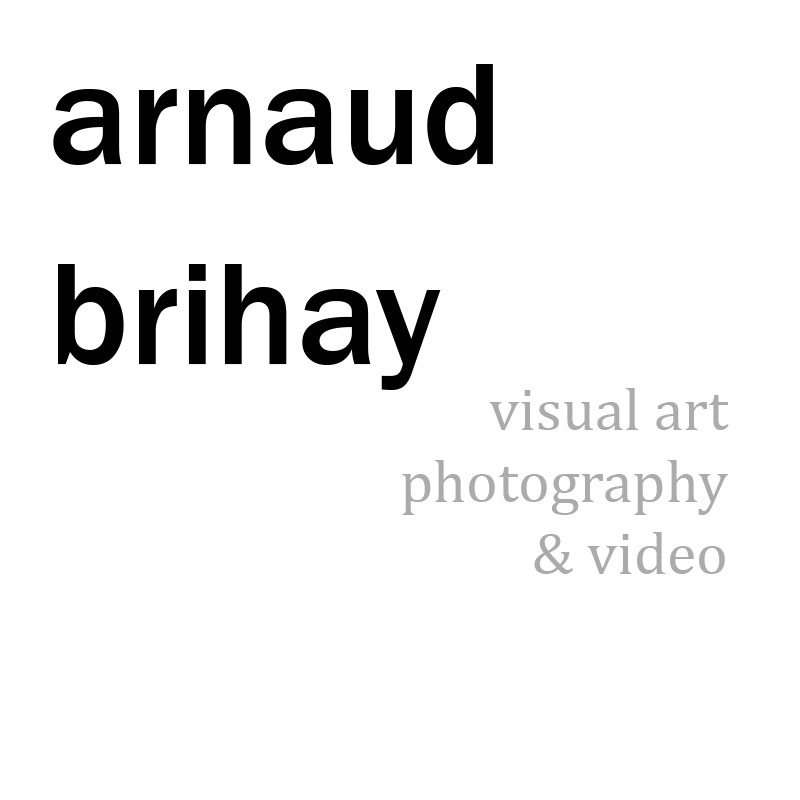video HD, Sound 3.1, 2.50 min, 2013
I say it was like a dream, but it wasn’t, it was real.
Exhibited:
-Part of the project 100×100=900 (100 videoartists to tell a century), « 1959 » , global screening, 2013, curated by Enrico Tomaselli
–TIME is Love Screening – international video art program, 2014, curated by Kisito Assangni
-Exhibition dedicated to Italo Calvino, at MCAC Monfalcone, « Se una notte d’inverno » (If on a winter’s night), curated by Giorgia Gastaldon. Monfalcone, ITALY, 2015-2016
Text from the catalogue of the exhibition
ARNAUD BRIHAY
«We live in a world made of stories that only begin and never end»
(Italo Calvino, If on a winter’s night a traveler, p. IX)
Belgian artist Arnaud Brihay prefers to use the medium of video, even though not exclusively. His approach tends to be rather essential: the camera focuses mostly on a single subject, or plane. The movement in the scene is given by the presence of few human elements, often barely perceptible (a pedestrian, a car, a house light) and the audio track has a precise rhythm, almost intimate, made to suggest an atmosphere that helps concentrating on the vision.
That wasn’t a dream (2013) is a three-minute video shot exclusively on a long sequence shot. The viewer is presented with the same subject: the dull façade of a building, whose windows build up a monotonous chessboard. We can’t peek what happens inside any of those rooms, as our sight is blocked either by darkness or closed curtains. There’s only one pale and yellowish light glowing in one single window, distinguishing it from all the others. The shooting starts from the top following a diagonal line; then, the camera slowly descends, making a sort of dive, almost in slow motion, as it seems to be getting closer to the lightened window; it turns abruptly to the window next to it instead. The music on the background suggests a steady walk in a hallway. The camera slowly goes down, getting closer to the façade up to a few meters of distance, and then aligns in parallel with it. The movement causes the camera to lift up, framing a window that was hidden from sight until now. In this case too, the curtains and darkness keep the inside of the room concealed. When there is only one window left to frame (the enlightened one), the camera shuts down and the video ends, without getting to a real conclusion and keeping the suspense.
The beginning of the story escapes from its development. Brihay recurs to a classic device of cinema, (for example the wonderful sequence shot in Una giornata particolare (A special day) of the film made by Ettore Scola in 1977): the long take introduces the viewer inside a room and also inside the lives of the protagonists.
As in If on a winter’s night a traveler, the incipit is all there is, the film by Brihay will never continue: the artist shows his ability to frame a story, restraining it to the beginning, then he chooses to retain himself by not developing it any further, as Calvino chose to do: «at first, I wanted to write interrupting novels, or better: to represent the reading of interrupting novels» (Italo Calvino, Se una notte d’inverno un narratore, p. IX).
Written by Giorgia Gastaldon, chief curator at Palinsesti.org
